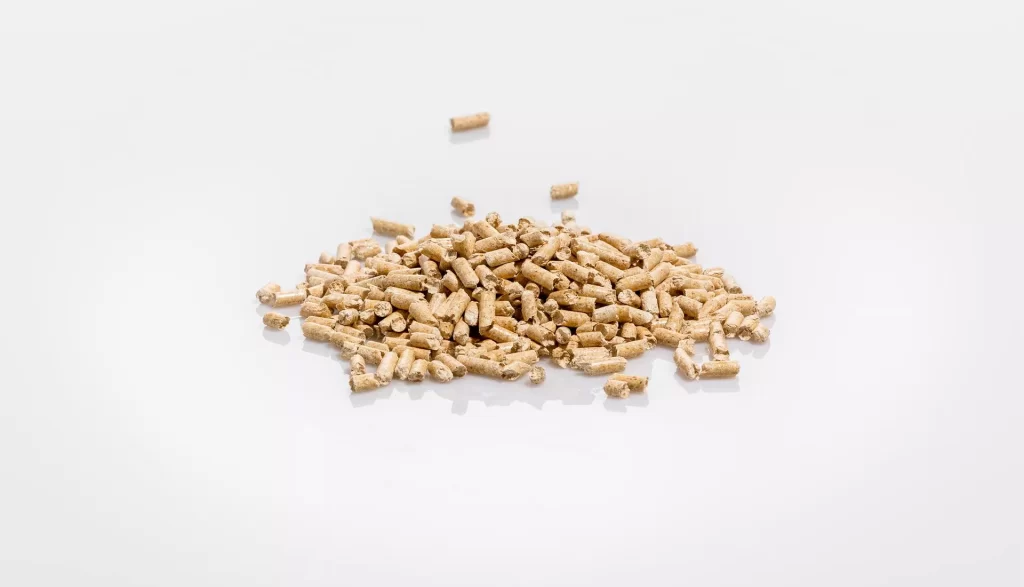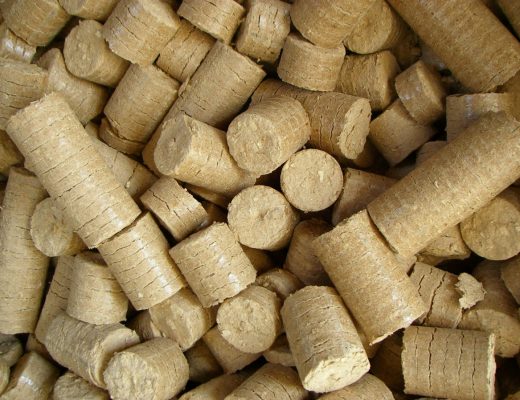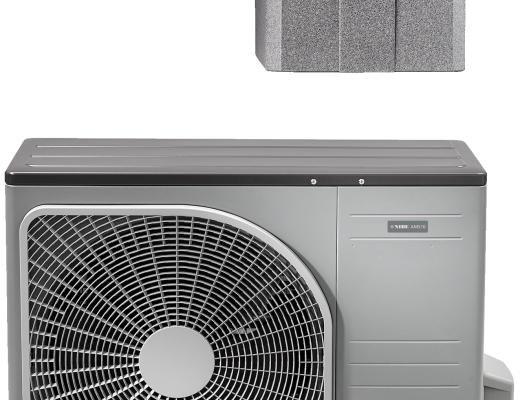In recent years, the pelletite müük has surged as more people turn to this convenient and eco-friendly source of energy. Pellets, often made from compressed wood or other biomass materials, are commonly used for heating homes and powering stoves. While pellets are celebrated for their efficiency and lower carbon footprint, examining their impact on air quality and human health is crucial. In this article, we will explore the various aspects of pellet use, its environmental effects, and its potential consequences for public health.
The Rise of Pellet Use
Pellets have gained popularity as an alternative to traditional fossil fuels such as coal and oil. They are considered a renewable energy source since they are primarily made from biomass materials, which can be replenished through sustainable forestry practices. This has led to an increase in the sale of pellets as more individuals and communities seek greener energy solutions.
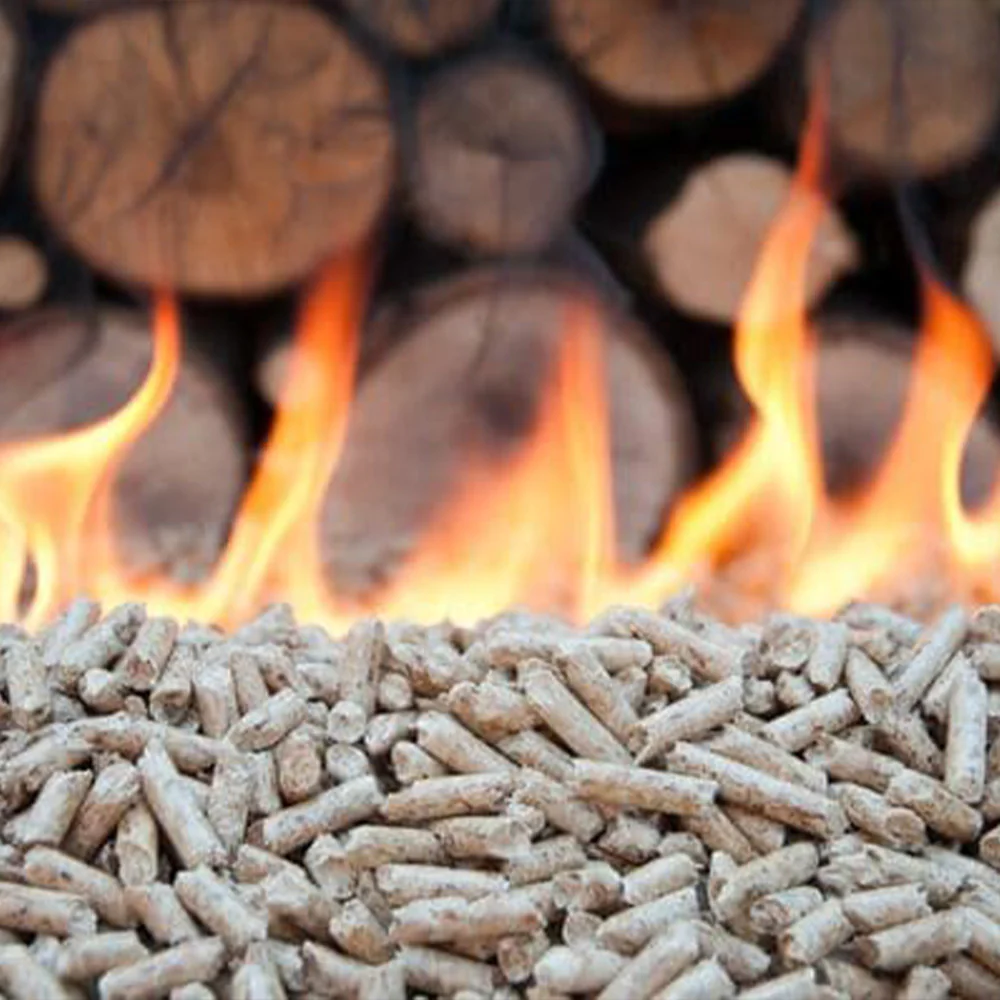
Understanding Pellet Combustion
One of the key factors influencing the impact of pellet use on air quality is the combustion process. When pellets are burned, they release emissions into the atmosphere, including particulate matter (PM), carbon monoxide (CO), and volatile organic compounds (VOCs). The size and composition of these emissions can vary depending on the type of pellets and the combustion technology used.
Air Quality Concerns
The emissions produced during pellet combustion can have significant consequences for air quality. Particulate matter, in particular, can pose a serious threat to human health. Fine particles from pellet combustion can penetrate deep into the lungs, potentially leading to respiratory issues and exacerbating existing health conditions.
Health Implications
Exposure to poor air quality resulting from pellet use can have various health implications. Individuals with preexisting respiratory conditions, such as asthma or chronic obstructive pulmonary disease (COPD), may experience worsened symptoms when exposed to high levels of particulate matter and other pollutants. Additionally, long-term exposure to these emissions can increase the risk of cardiovascular problems and other chronic health issues.
Mitigating the Impact
To mitigate the impact of pellet use on air quality and health, several measures can be taken. These include using high-quality pellets with lower emissions, properly maintaining pellet stoves and boilers, and ensuring adequate ventilation when using pellet heating systems. Additionally, policymakers and manufacturers can work together to establish and enforce emission standards for pellet production and combustion technologies.
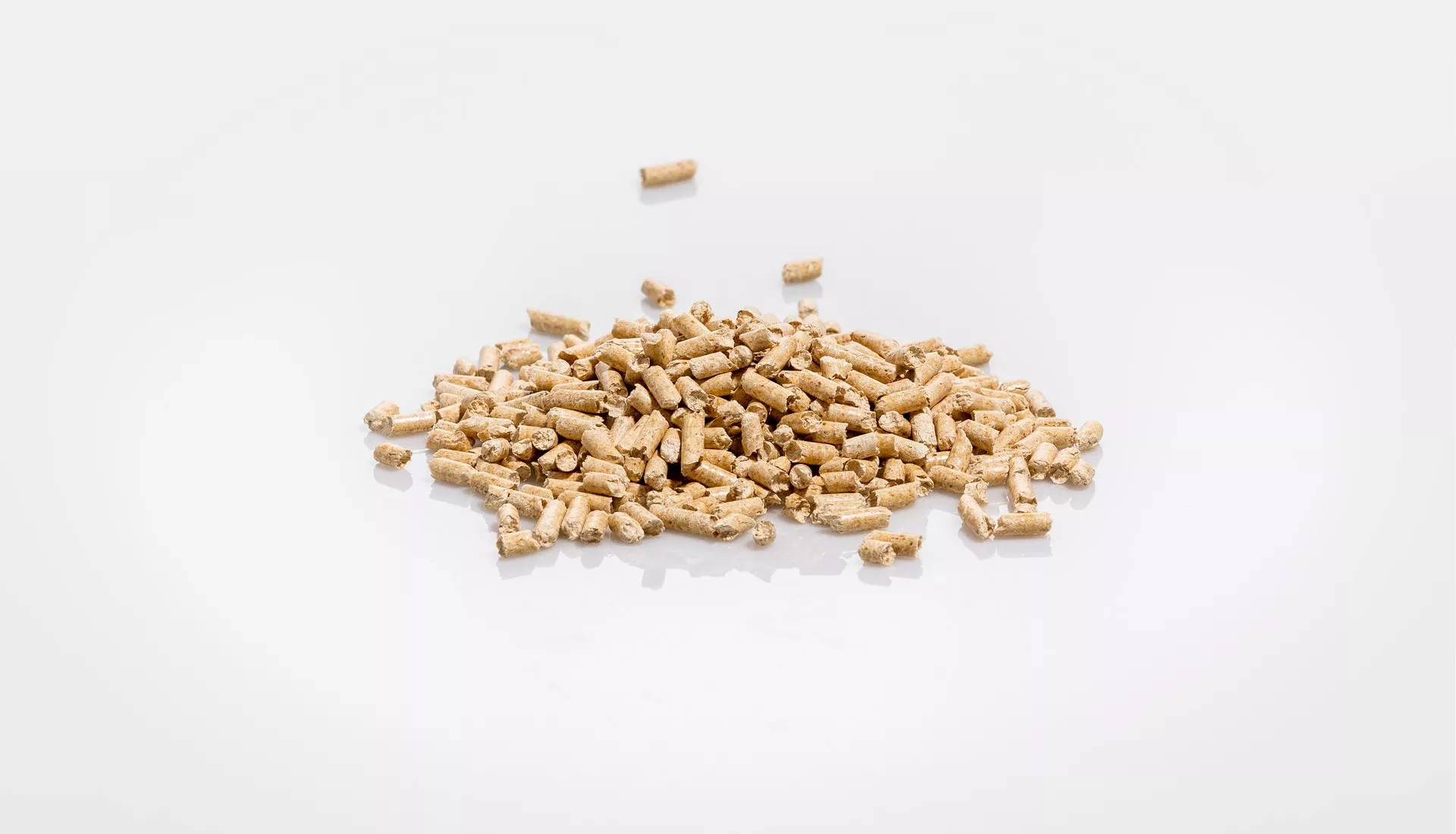
The Role of Regulation
Regulation plays a crucial role in ensuring that the sale of pellets and using pellet-burning appliances adhere to environmental and health standards. Governments and environmental agencies can implement emissions limits, quality standards for pellets, and incentives for cleaner technologies. This can encourage the adoption of cleaner and more efficient pellet-burning systems.
Conclusion
While the sale of pellets has provided an eco-friendly alternative to conventional fossil fuels, it is essential to consider its impact on air quality and public health. Pellet combustion can release pollutants that, if not properly managed, can pose risks to individuals and the environment. By promoting responsible pellet use, regulating emissions, and investing in cleaner technologies, we can minimize the negative effects and continue to benefit from this sustainable energy source.

